10 Effective Ways to Promote Your Health and Wellness Website

To succeed in the skincare, cosmetics, or wellness industries, a social media channel alone is not enough. Even a mediocre website is not enough!
You need an incredible wellness industry website that makes it easy for your customers to fall in love with your brand, and even easier for them to purchase your products and become repeat customers.
Once your wellness website is live, there are both active (promotion) and passive (SEO) actions you can take to grow its reach. We will cover 10 of these strategies in this article.
If you’re ready for a wellness website that attracts your target customers & converts their visits into sales, learn about Aventive Studio’s wellness branding & website design services here.
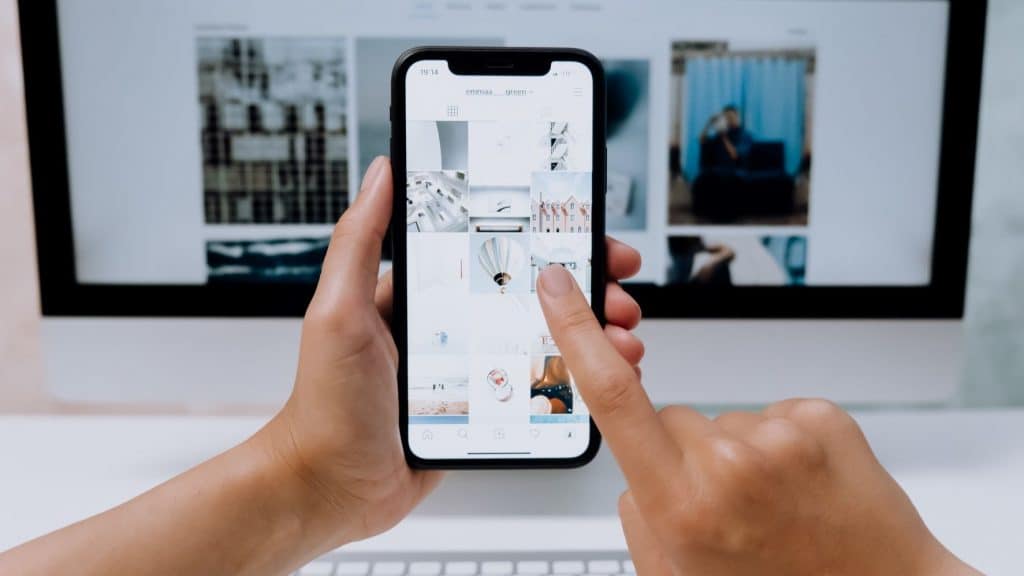
Setting the Context With Wellness Industry Statistics
Today, the global wellness market gets valued at over USD 4.75 trillion. The term “wellness” is extensive and has several sub-markets. One such is the corporate wellness market.
The rising importance of wellness has rendered ‘workplace wellness’ paramount for modern-day corporate practices. To this end, the global corporate wellness market stands at around USD 66 billion. A revelation is that about 75% of large-size enterprises and 33% of small-sized ventures operate wellness programs.
The modern-day premise of “going digital” transpires into varied avenues of our lives and is out for bigger things! According to recent research, the global digital health market is set to reach USD 220.94 billion, at a compound annual growth rate of 14.8%.
The above provides a snapshot of where the industry stands. So, what about where it is headed? At this rate, there is only one – upward. However, some key trends that keep the ball rolling are digital wellness, essential oils, beauty products with gluten-free and vegan variants, meditation, wellness tourism, and protein powders.
To make sure your wellness business stands out in this crowded landscape, you will need to work with a professional branding agency who can establish what colors and visual designs will attract your unique target. View Aventive Studio’s wellness, skincare, and cosmetic branding projects here.

Build Your Digital Awareness With SEO
An inevitable fact that defines the current times is that company websites are the norm. Hence, getting with this should feature at the top of the pecking order of priorities. A recent consumer research report posits that about 63% of customers opt for providers with a strong, robust online presence.
Creating websites is one thing, and ensuring people can find it on Google is another! This is where SEO or Search Engine Optimization comes into the picture.
In simple words, SEO is a technique that helps enhance visibility in the digital world. To this end, search engines such as Google read all the information on the website. They do so by relying on specific keywords, using which people get directed to it.
SEO offers considerable room for creativity! There are numerous effective methods to help your wellnes website get the much-desired elevation and attention.
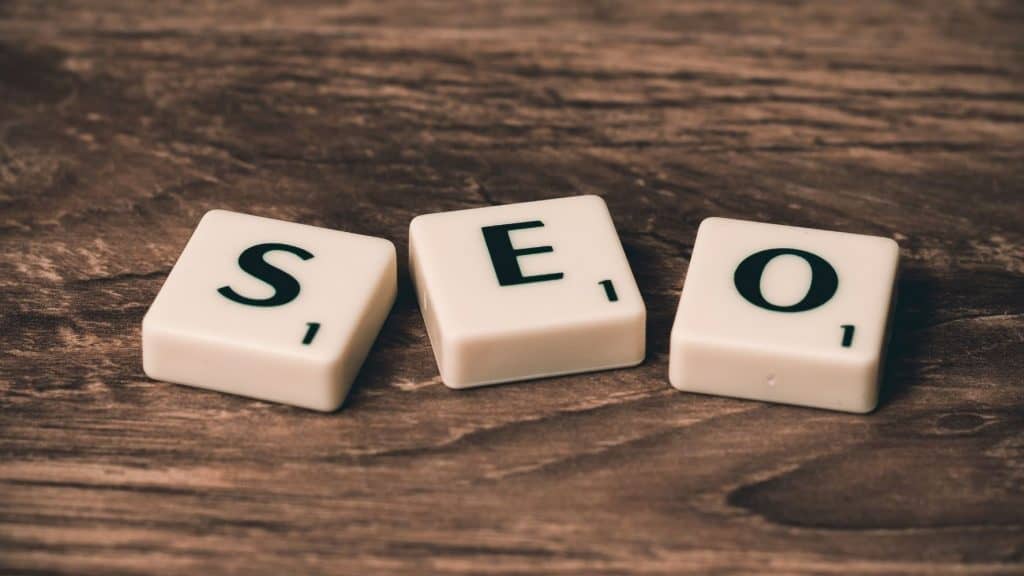
External SEO Factors That Affect Your Wellness Site
Before getting into an SEO strategy, there are certain aspects that one should keep in mind. First, health and wellness website marketing starkly differs from other sectors. It is a much more delicate process and requires considerable tact. In this case, establishing trust and a deeper connection with your clients is mandatory.
Next, health and wellness websites fall under the YMYL category, an acronym for Your Money, Your Life. According to research, the Google Quality Rater guidelines have a unique clause for such websites. These websites get categorized as ones providing the sensitive information to their target audiences.
So, to avoid having the deck stacked against you, one must be well-versed with this clause. Also, Google ranks websites based on their EAT quality. The acronym EAT stands for Expertise, Authoritativeness, and Trustworthiness.

Creating Your Wellness Website’s SEO Strategy
1. Get Clear on the Purpose & Intent of Your Website
A pertinent question that merits consideration is, “Does your website showcase and clarify its purpose within the first fold of the homepage?” Google Search Quality Rating guidelines state that health and wellness brands must explicitly reveal and mention the intent of their websites to their target audiences.
For instance, there are health-niche websites that read, “Unravelling High-Quality Skin.” Although catchy and captivating, this title tag does not render clarity of the brand offerings.
Another example could be “Skincare solutions that help battle wrinkles, fine lines and discolorations.” This title tag satisfies the “EAT” criteria and adheres to the Google Quality Rater guidelines. The reason is that wrinkles, fine lines, and discolorations are sensitive skin issues. And these claims must be certified and authenticated by experts.
To tighten up your messaging and make sure it aligns with your overall brand strategy, your best option is to work with an outside brand strategist. Contact Aventive Studio here to discuss your wellness branding and website design project.
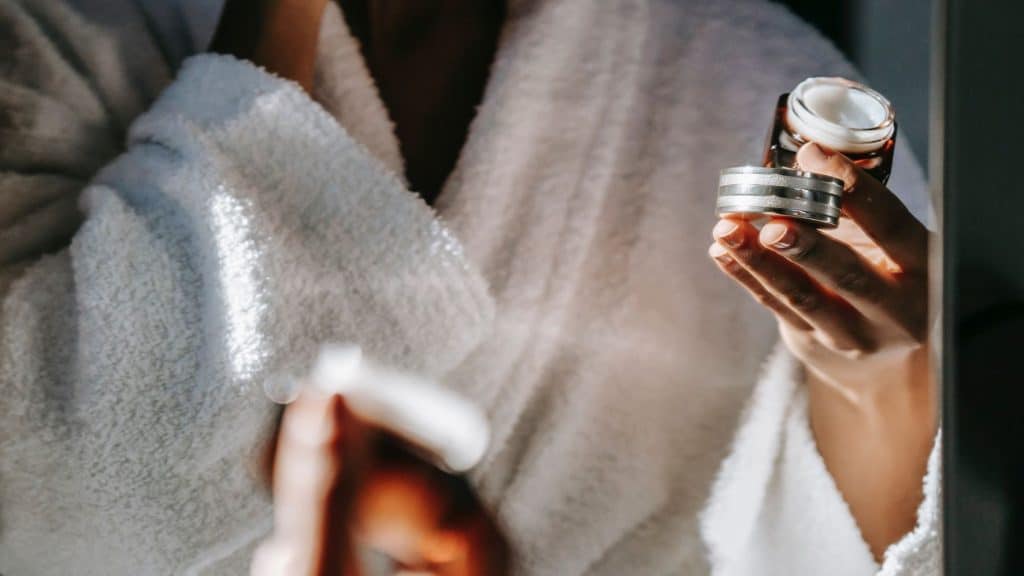
2. Use the Right Keywords
Now, this is way more complex than one can fathom. There are several types, and each possesses standout strengths and characteristics that can help uplift your SEO efforts.
Short-Tail Keywords
These comprise three words or less. They have a mammoth search volume but are highly competitive. For example, someone who searches for “lotions” might be interested in knowing about the ingredients or benefits. However, these do not convert well owing to a lack of searcher intent (explored later).
Long-Tail Keywords
These consist of over three words and are much more specific than the short-tail counterpart. These get riddled with a much lower search volume and get deemed much less competitive. However, it pinpoints the search intent. A typical example is “Philosophy, benefits, and risks of Jojoba Oil.”
Product-Defining Keywords
Online searchers are looking for a specific product and seeking that little additional information to prompt clicking the checkout button. These keywords comprise of low search volume, competitive rate, and high conversion rate phrases. An example of keywords for skin care can be “vegan and gluten-free 200 gm body butter”.

Customer-Defining Keywords
These cater to the targeted persona and demographic and include criteria such as gender, age group, and occupation. An example search here can be “high-quality face oils for combating discolorations.”
For these keywords, the search intent is specific. The keywords get riddled with low search volume and competitive rates with a high conversion rate.
Geo-Targeting Keywords
These target a specific neighborhood or city and are ideal for local businesses. Also, they are the simplest keywords to get around the block. An example can be “Where can I get Prickly Pear Seed Oil in and around Austin, Texas?” With low search volume and competitive rate, and given the specificity of search intent, the conversion rate is high.
LSI Keywords
A shorthand for Latent Semantic Indexing, they are thematic keywords closely related to the primary keyword. Say that your primary keyword is “face oils.” The LSI keywords could be Jojoba Oil or Argan Oil, among others. These comprise low search volume and competitive rate, and high conversion rate.
Intent-Targeting Keywords
There are three types – informational, commercial, or transactional. The first type is a generic inquiry, followed by a purchase intent in the “commercial sub-category.” The third sub-category includes product comparisons from multiple stores. Here, keywords such as “best price,” “no-fuss refund,” and others merit relevance.

3. Create a Compelling Content Strategy
It’s essential to know the keywords and phrases that customers commonly use. Once you know this, you can create content using variations that revolve around the keywords that your customers are using. Note that everyone resides in the same boat for organic traffic. Every other website has the same objective.
Content creation is no easy feat. First, one must figure out the amount of content to display. Too many pages can be a turn-off! Also, depending on the type of website, the words per page can range anywhere between 200 to 800.
Strong messages and visuals are a cash cow, and online visitors often respond well to these. When paired with authentic and credible experiences, buyers or subscribers get an opportunity to connect to an emotion.
Content includes videos, images, infographics, podcasts, newsletters, blogs, case studies, app reminders, and notifications. In simple words, content is everything that informs potential buyers about your offerings.
A crucial aspect of an impeccable content strategy involves the buyer mapping journey, which Aventive Studio can create for you. Note that the buyer’s needs and requirements vary at every stage. Knowing this enables one to provide the most relevant, entertaining, and informative content.

4. Leverage the Power of Video
Videos take the power of visuals several notches higher! And the usual channel in this regard is none other than YouTube, a video powerhouse with over four hundred hours of video uploaded every minute. Therefore, it’s time you start leveraging the same with informational videos.
5. Use Social Media Strategically
Another aspect that helps leverage videos is social media. It is the most powerful mechanism to reach your audience. Most users prefer videos to standard image posts. About 82% of views admit to seeing a live video. And this includes streaming video accounts too!
With consumers resorting to live video feeds, social media platforms are putting their pedal to the medal to tap into this space. These endeavors include the likes of Facebook Live, Instagram Stories, Snapchat Stories, and Twitter.
Furthermore, YouTube has launched its Live service, enabling brands to interact with buyers directly and instantly.
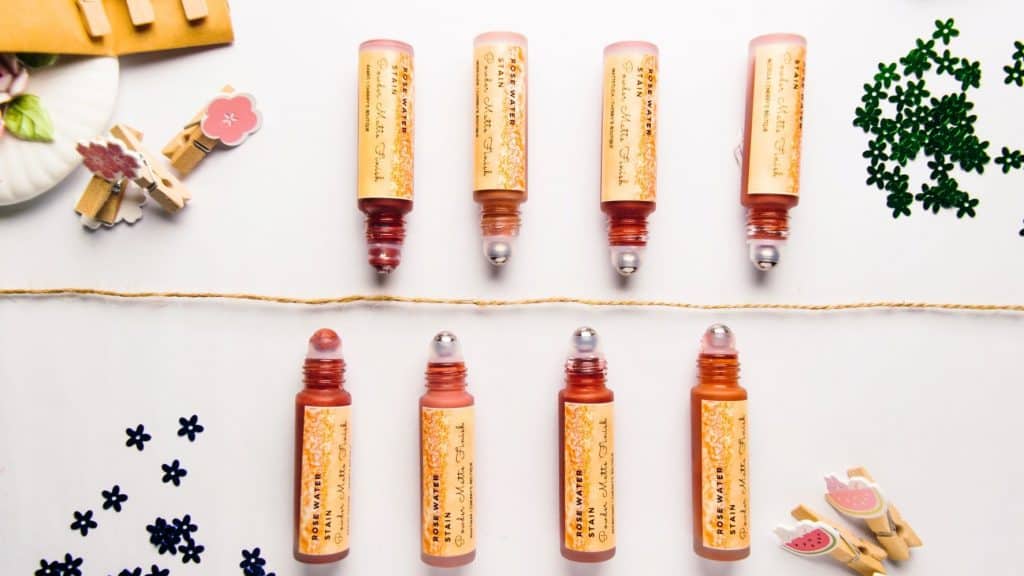
6. Try Podcasting
Another video-audio format is podcasting! Podcasts enable people to appear on both video and audio to talk about their brand and offerings – or just audio.
Podcasts can help humanize your wellness brand and build trust with your audience so they move through your sales funnel and make a purchase. According to statistics, over 82% of listeners spend at least seven hours weekly on podcasts.
7. Connect with Micro-Influencers
The gamut of influencers includes celebrities. However, they are expensive and can be deemed risky. Today, brands lean toward micro-influencers. These have a much smaller but engaged following, a cost-effective niche!
Plus, micro-influencers render much more credibility and are regarded as experts and trusted sources of information. Lastly, they have greater authenticity owing to their zeal toward their professional space.
Micro-influencers can host talks about nutrition and health while also operating contests and quizzes toward promoting wellness. These endeavors can also help support health-related causes, such as curating promotional videos for “International Yoga Day.”
Another instance is the “Time to Care” campaign by The Body Shop, the beauty and wellness company. The initiative celebrated healthcare workers in 2020.
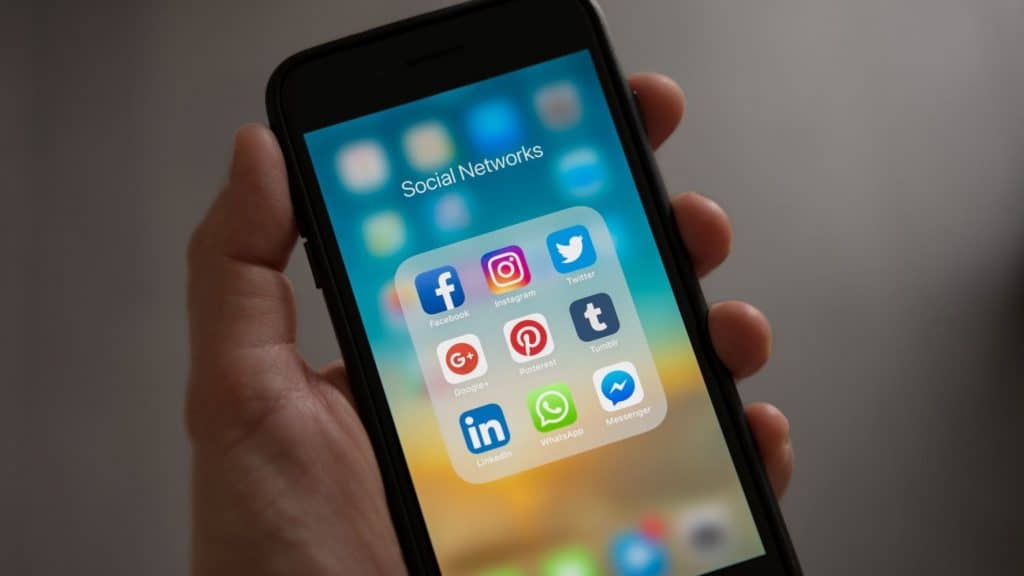
8. Focus on Mobile-Friendliness
Today, people are using their phones as their primary devices. In this regard, Google is prioritizing mobile-friendly sites. This calls for a responsive design, making the website compatible across devices.
Mobile optimizations include:
- Optimized wellness website design and content, making the text readable on small screens
- Including links to other pages or websites, enabling users to read easily without the need for frequent zooming
- Getting the contact information or forms appropriately sized for smaller screens

9. Blog To Grow Your Wellness Website
One of the objectives of websites is to increase the volume of high-quality content. One way of doing so is the frequency of blogs and posts. This avenue keeps visitors engaged and entertained.
For best results, keep a schedule for uploading these blogs. A good option is posting weekly tips on health and wellness. Yet another is writing off “best of” lists every week.
Another way is guest blogging for long-form health and wellness website content. This is where brands can promote their content on other websites, akin to link-building strategies.
Guest blogging on other sites works best if you submit your absolute most high-quality content or if you submit articles and papers. Although time-consuming at first, it can be a valuable long-term tactic to promote your wellness website.
10. Share Customer Testimonials
Another way to enhance organic traffic is testimonials. These include quotes, reviews, and ratings from satisfied customers who successfully availed of your products and services. Testimonials can get collected by following through on feedback. Also, brands can offer discounts when prospects sign up for newsletters, for instance.

At the End of the Day…
SEO efforts are no magic wand and cannot be left unattended. Skincare, cosmetics, and wellness brands must measure their organic traffic using analytics and tools. Measurement allows feedback, providing the fuel for further growth.
Think of this as a reinvestment strategy, if you may. Also, one-size-fits-all solutions are rarely. Brands must address their target audiences clearly and purposefully.
At Aventive Studio, we curate tailored brand-building strategies that render much-needed value, recognition, and credibility in the wellness, skincare, and cosmetics markets. Our experts specialize in wellness website design, brand strategy, packaging design, and more.
Get in touch to set up a call with our creative director about how we can help you make more wellness product sales.
